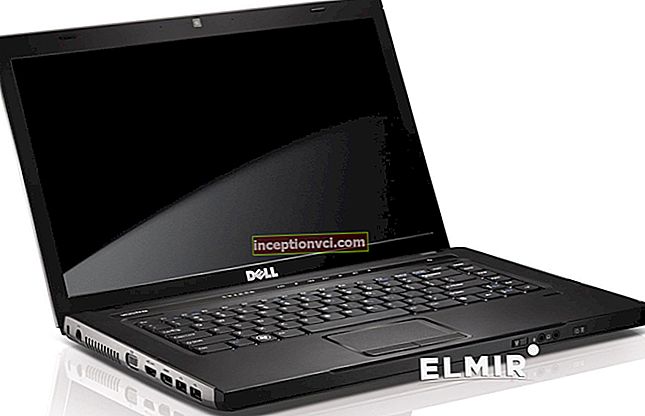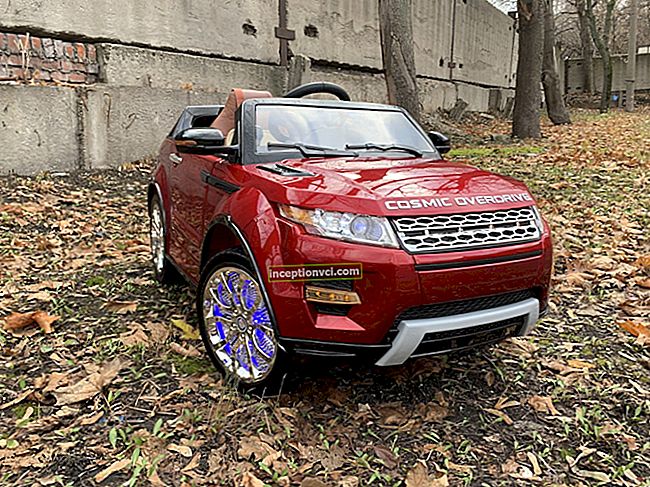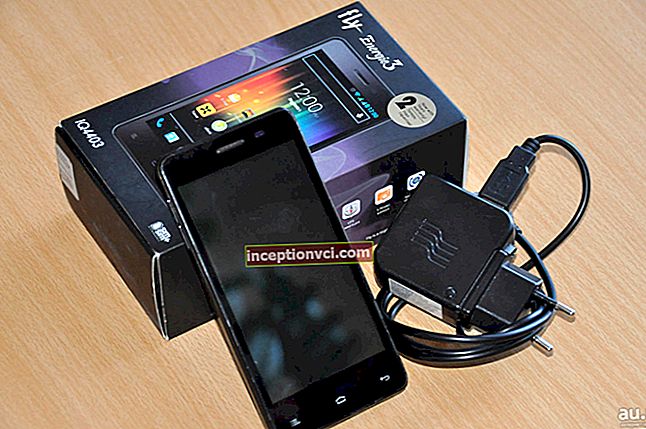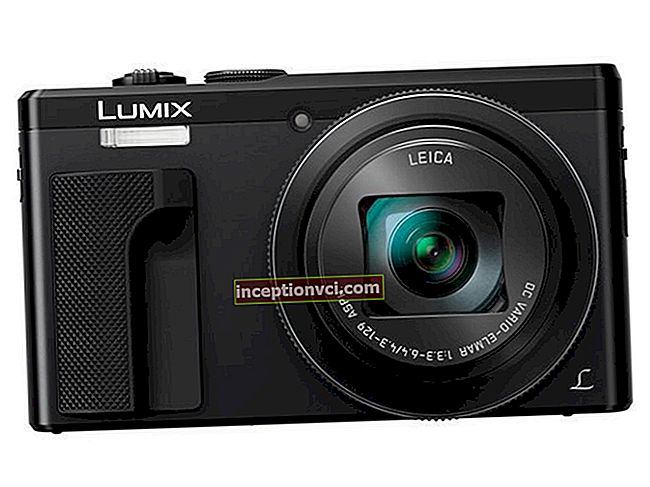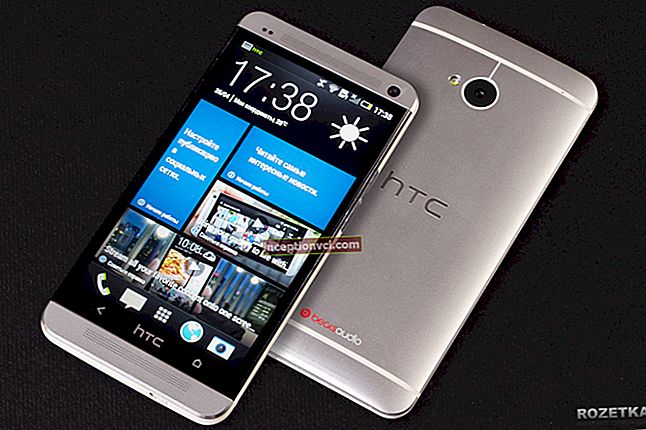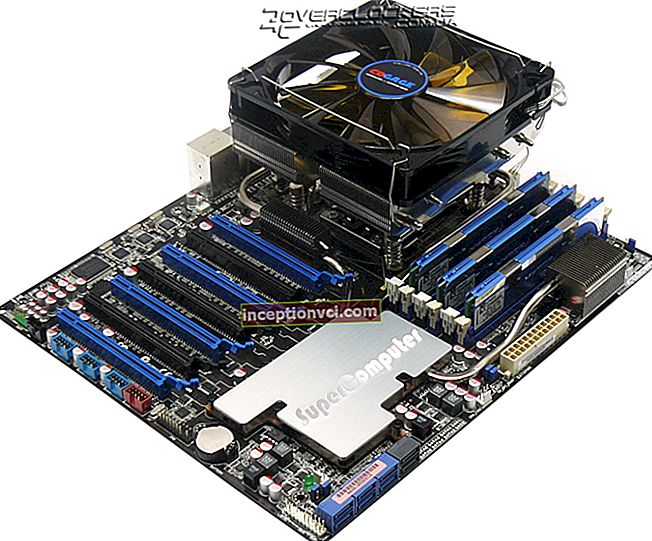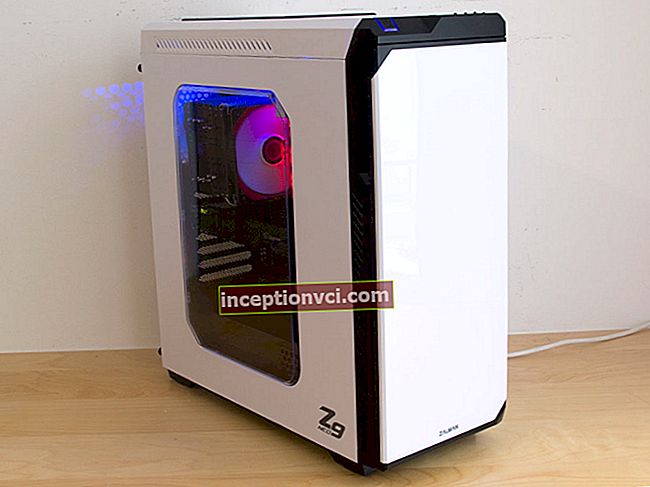Need an unlimited power supply, or chargeable with unlimited energy. One of the first options that comes to mind is to use the sun. This idea appeared not only among us, but also among the developers of solar cells (SB). These devices are gradually ceasing to be exotic for travelers, are becoming cheaper, and an increasing number of manufacturers are mastering their production. However, you can often find on the Internet and disappointment from their use, they say, tried, did not help.
So how to choose the right SB so that later it would not be excruciatingly painful for wasted funds? After all, these batteries are still quite expensive, and their competent choice will help save a decent amount.
First of all, we note that solar cells, from which batteries are assembled, are rigid - crystalline, and flexible - amorphous.
Crystalline solar cells are good for everyone. Their efficiency is higher, and the service life is longer, and you can find any power of ready-made batteries, up to hundreds of watts, and the price is half the price of flexible ones. There is only one drawback, but a significant one - they are very fragile. Imagine a thin 10x10 cm plate, a third of a millimeter thick, fragile like glass. Therefore, manufacturers have to be smart - stick elements on glass or plastic, fence around a solid case.
Moreover, if you call for help with common sense, which went to take a nap while reading advertising promises on the website of some manufacturer, it turns out that the advantages of rigid elements are somewhat insignificant. For the traveler, anyway.
So what if flexible batteries are less efficient and therefore have a larger unfolded area? There is enough space in nature, but when folded they turn out to be more compact. Yes, and it will be easier.
Service life is of course important, but it is calculated in tens of years of constant work, and travelers use them for a month or two a year. It is strange that manufacturers have not yet thought of giving a lifetime warranty.
Power is really important, but here there is, hopefully, flexible batteries of more than 50 watts have already appeared on the market, it is quite enough for a hike, if you do not take a portable microwave with you.
Conclusion: rigid solar cells are good for stationary conditions, where they are successfully used. On hikes, if the budget allows, it is better to take flexible batteries, you will not regret it. But remember that the technology for producing flexible batteries is very complex and does not tolerate amateur innovators, which is often the case with our Chinese comrades. This is not to say that all Chinese flexible batteries are bad, but those that are cheaper raise a lot of questions about reliability, stability and service life. By the way, it is thanks to such products that the opinion has been established that flexible solar cells quickly burn out.
The second important parameter for the correct choice is the passport power of the solar battery. It is defined as the product of the output operating voltage and the operating current at a sun brightness of 1000 W / m2. It seems that everything here is simple and logical, but, as always, there are subtleties.
The passport power, in fact, is the maximum possible power in ideal conditions: noon, clear southern sky, the battery is perpendicular to the sun's rays.Real conditions: work at any time of the day, the sun is either in the haze or behind a cloud, the battery is thrown anywhere - on board the boat, or hanging on a tree, or a backpack, which means that the orientation to the sun is very approximate. In such conditions, the real power received from the battery will be several times less!
By the way, some sellers here consider the maximum power as the product of the short-circuit current and the open-circuit voltage, forgetting to say that these are different modes. The resulting figure is one and a half times more than the real one. It is difficult to say what is more here, slyness or elementary illiteracy. But for myself, I think it's worth understanding what is behind the numbers.
You also need to understand well that if you use a SB without a voltage converter, then often not the power, but the current will be more important. Let me explain with an example.
Let's take two real batteries, for example, SC-8/12 from SunCharger (8 watts, operating voltage 13 V, operating current 0.76 A) and PS-936A-13W from AcmePower (13 watts, operating voltage 17.5 V, operating current 0.75 A), and we will charge a 12-volt battery with them. Which battery can handle charging faster? The correct answer is both are the same! Because the currents are approximately equal, and the excess voltage on a more powerful battery simply disappears. But 12 Volts is the most common voltage value and almost all mobile devices have an adapter for charging from a cigarette lighter.
And finally, the third important point when choosing a solar panel. A solar battery without a storage battery is the same as vodka without beer in the well-known proverb. Why?
Let's say we want to solar-power a device with a power consumption of 10 W (for example, a portable TV). What options can you try?
1. We take a SB with a small power reserve, for example, SC-15/12 (15 W) and watch TV only in bright sun, during the day, not forgetting to turn the SB after the sun from time to time. A cloud has come, the illumination has dropped, instead of 15 W we have 3-5 W. TV not working. And as always, at the most interesting place, and 3000 hryvnia wasted in vain.
2. We take a SB with a multiple power reserve, for example, FPS-33W AcmePower (33 W). We watch our favorite show, almost without distraction, but only during the day, and for about 7000 hryvnia.
3. We take a SB of a lower power, SC-8/12 (8 W) and a 12V battery, 4 A * h, we charge the battery all day long, simply by placing the battery in the sun. We collect energy how much to get, if the sun peeped out from behind the clouds at least half the time, then we will collect 30-50 W * h for sure, and we watch TV whenever we want 3-5 hours, but we don't need more, we still came to rest. Total: 1500 hryvnia battery, plus 150 hryvnia battery, we get the total - 1650 hryvnia. Cheap and works.
And if, instead of a 12-volt helium battery, you take a device such as a universal external battery as a storage device, then in addition you will receive an almost complete gentleman's set: a set of adapters for phones, laptops, a USB port, various output voltages, indication of the charge level, protection schemes from what is possible. Universal batteries with a capacity of 50 to 150 W * h can be found for 800-2500 hryvnia.
It is only important that it is compatible with your solar panel. So, for example, UC-4 AcmePower fits well with 12 volt batteries from SunCharger, and UC-7 AcmePower can be charged only from higher voltage batteries from the same manufacturer.
So, the battery was chosen, the battery was bought, various adapters for charging, laces, adapters were picked up, they were painted orange so that all this trifle not to be lost - that's all, congratulations, you can go to nature.
For those who strive for perfection, I will tell you a secret - you can still increase the efficiency of your system by 10-20%. To do this, we purchase, for example, a switching voltage regulator from Vampirchik-sun - a device designed specifically for working with solar panels, and allow
How can we achieve the full impact of the Security Council? In short, three basic principles of their correct use can be formulated:
1. A solar battery should be in the sun for as long as possible and work, work, work - give everything it can.
2. There must be a device that stores all the energy that the solar battery produces. Most often, this is either a battery or a more complex storage device.
3. The charging voltage of the storage device and the operating voltage of the battery should be the same as possible.
And finally. Solar panels are a commodity with a pronounced seasonal demand. Therefore, in winter there is a large selection and prices are moderate, by spring prices are growing, and in summer, especially in the first half of July, running models of solar panels and universal batteries simply disappear from sale due to high demand. And this situation repeats itself from year to year. It seems that sellers do not run the risk of overstock in the off-season, and then simply do not have time to give a ride on time, and buyers postpone their purchase until the last day and often, unfortunately, are left with nothing.
